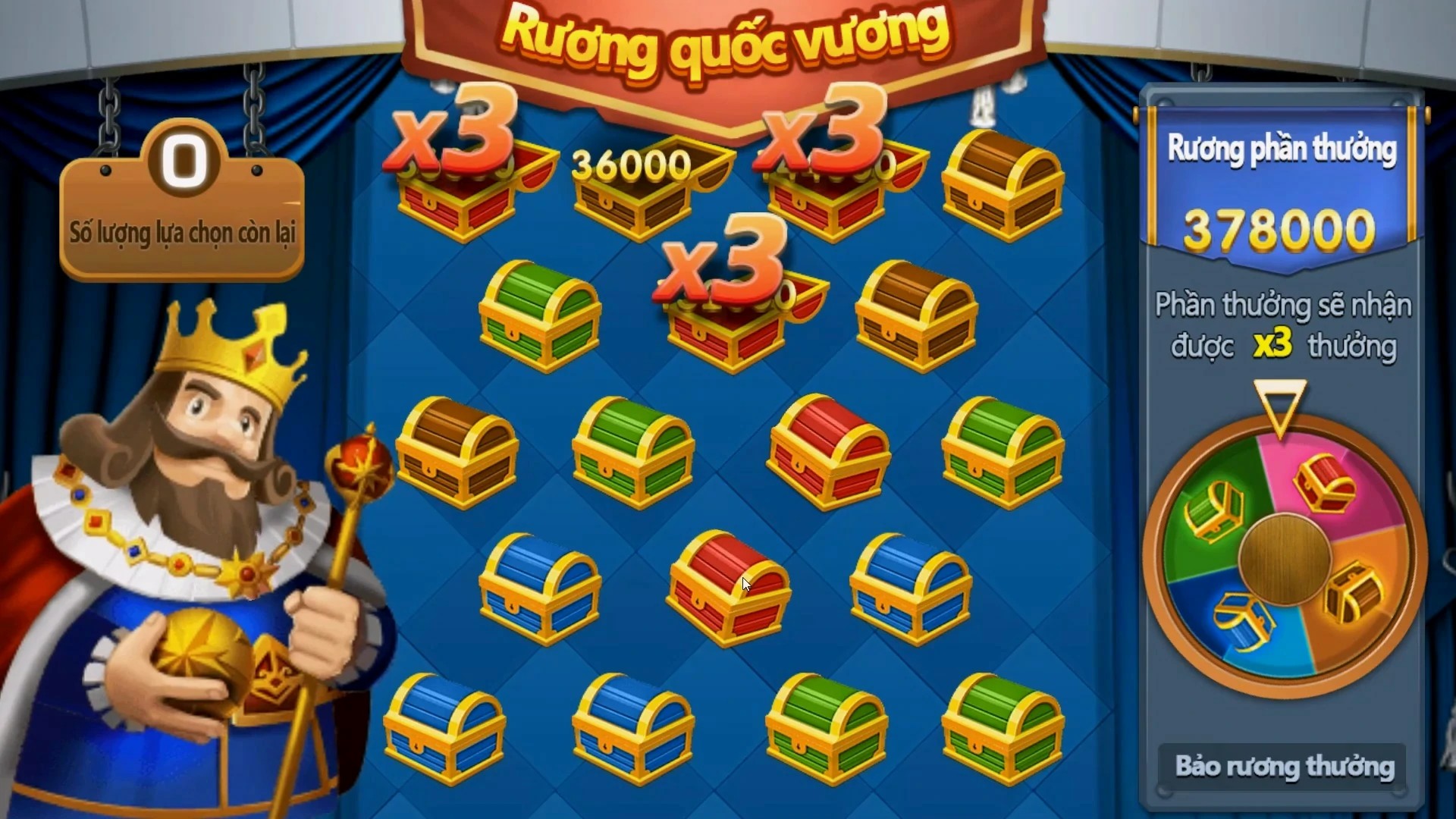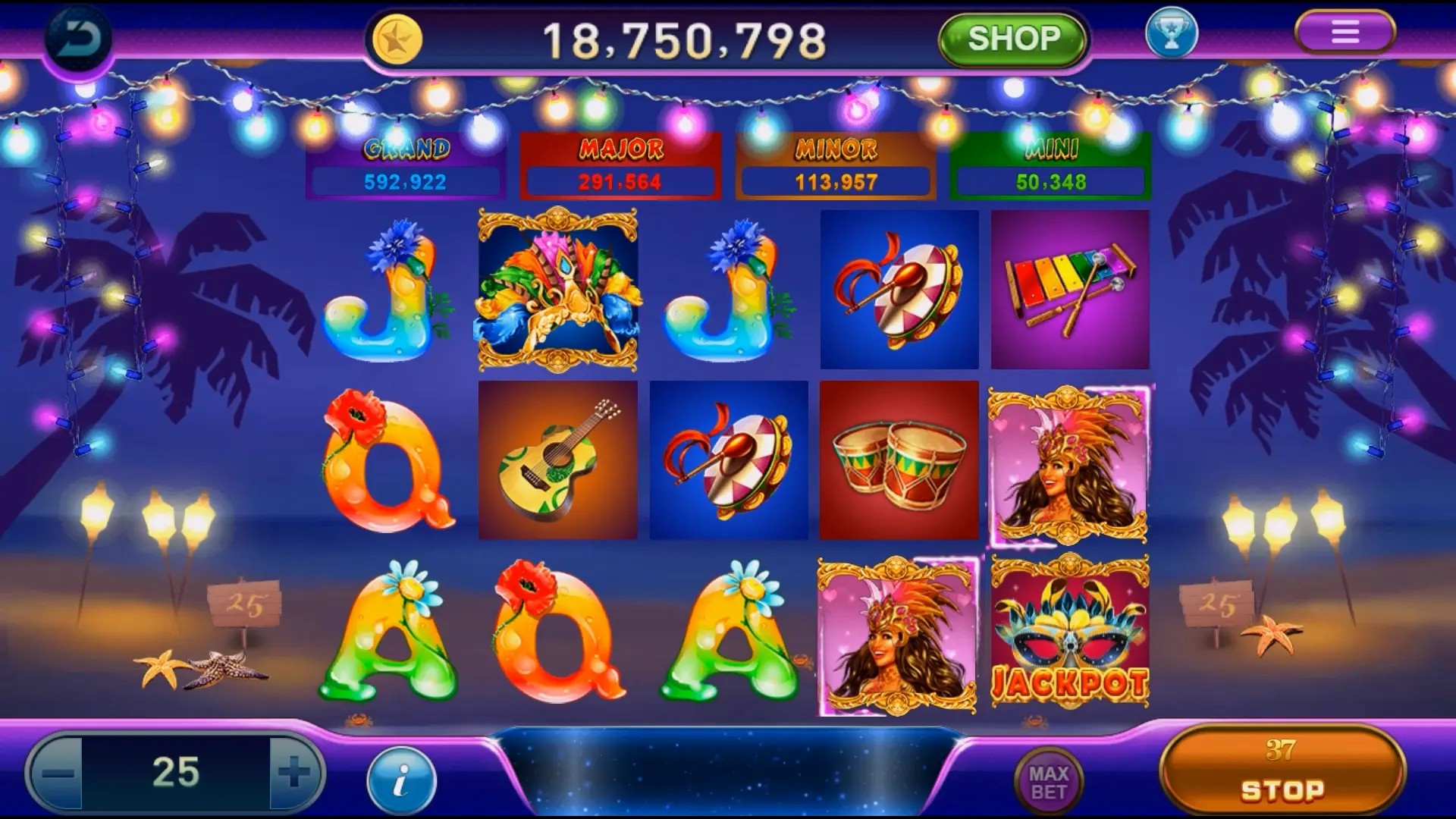Unlocking Learning Through Play: How Sandbox Games Become Effective Educational Tools
Ever thought about how some video games, especially sandbox games, are helping revolutionize education? We’re living in a world where traditional teaching methods sometimes just don’t cut it. So, how about mixing a bit of fun with learning? Sounds interesting, right? Let’s dive into this fascinating world of sandbox games and see how they’re providing unique educational experiences!
What Are Sandbox Games?
Sandbox games are basically environments that let players explore freely, creating their own experiences. Unlike linear games, sandbox games give users a plethora of options. Players can build, destroy, and manipulate their surroundings. One popular example you might know is Minecraft. But these games do more than just entertain; they engage and educate!
The Rise of Educational Games
With technology becoming more integrated into our daily lives, educational games have been taking off. Schools aren’t just relying on textbooks anymore. With platforms such as Robolink, educators are witnessing the benefits of games as teaching tools. Think about it—who wouldn’t prefer learning through play than just sitting at a desk?
Why Are Sandbox Games Considered Educational?
- Creativity Unleashed: Users can express their creativity, build complex structures, and solve problems.
- Social Interaction: Many sandbox games like Roblox encourage players to collaborate and communicate, which is critical for social development.
- Critical Thinking: The challenges posed in these games stimulate logical thought and problem-solving.
- Understanding Real-World Concepts: Through games, players can learn geography, physics, and art in an engaging manner.
How Sandbox Games Enhance Learning
There’s a lot more to sandbox games than building and crafting. They help develop various skills such as teamwork, resource management, and even perseverance! It’s fascinating how much learning can occur in an enjoyable game environment.
Examples of Educational Sandbox Games
| Game Title | Key Educational Feature | Target Age Group |
|---|---|---|
| Minecraft | Building and Engineering | All Ages |
| Roblox | Programming Basics | 8-18 years |
| Kodu Game Lab | Game Development | 8-14 years |
| Sailaway | Navigation & Geography | All Ages |
What About Clash of Clans?
Okay, let’s talk about Clash of Clans for a second. While it's not a traditional sandbox game, it has elements of sandbox gameplay. Players can create their own bases, strategize defense, and even join clans. It stimulates planning and resource management, which are useful skills in real life. And you know, a good Clash of Clans base 8 layout can be a masterpiece on its own!
16 Bit RPG Games: A Nostalgic Approach
For fans of old school gaming, 16 bit RPG games like Final Fantasy and Chrono Trigger allowed for explorative storytelling. These games shaped a lot of our current sandbox experiences—they were immersive worlds regardless of their limitations. The storytelling combined with the visual art style draws players in, creating lasting learning experiences.
The Benefits of Learning through Play
Let’s be real: playing games is fun! But when you infuse learning into this play, it becomes extraordinarily impactful.
- Boosted Retention: Players tend to remember what they learn since they engage emotionally and socially.
- Reduced Stress: Learning in a relaxed atmosphere can reduce anxiety, making information easier to absorb.
- Encouragement of Experimentation: Mistakes in a game are often viewed as lessons, encouraging a mindset of resilience.
Overcoming Challenges in Game-Based Learning
Of course, not everything is sunshine and rainbows. There are challenges to consider. For instance, some educators may struggle to integrate these technologies into existing curricula. There’s also the concern of screen time! Balance is vital here. It’s about using these games as supplements and not replacements.
Choosing the Right Game for Learning
With so many sandbox and educational games out there, how do you choose the right one? Here are some quick tips:
- Consider the goals: What do you want the players to learn?
- Look for reviews: See what other educators are saying.
- Try before you buy: Most games have free versions or trials.
Conclusion
Transforming learning through games, particularly sandbox games, shows us the future of education doesn’t have to be dull or confining. Instead, it can be vibrant, creative, and filled with possibility. It builds a bridge between traditional methods and innovative strategies. So whether you're an educator, a parent, or a casual gamer, consider the benefits of learning through play. It’s time to unlock a world where education and entertainment coexist!



